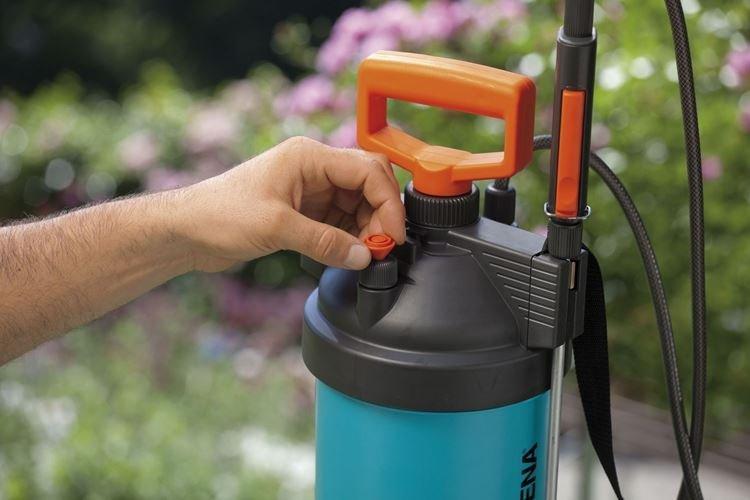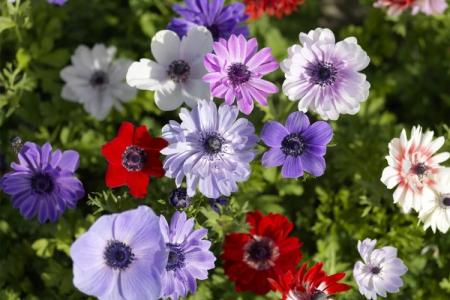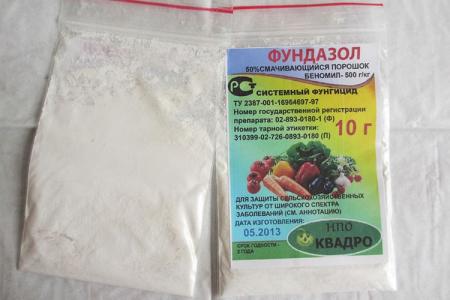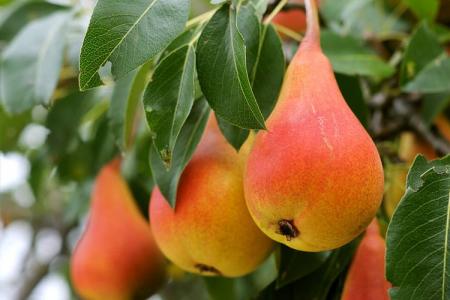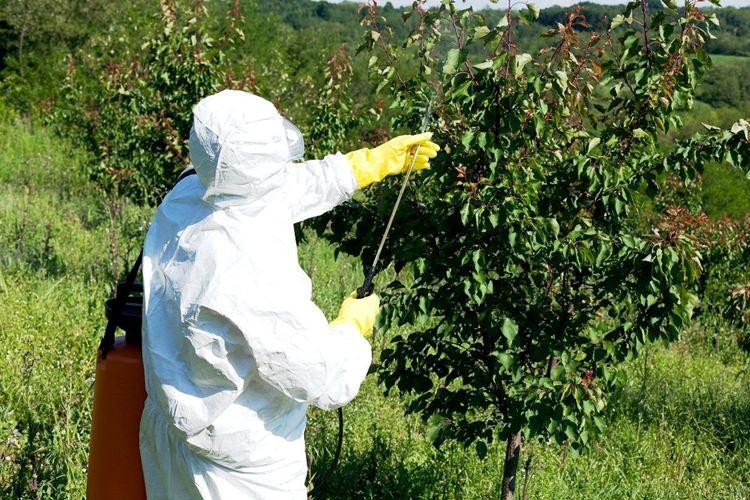
Every year the struggle for the harvest begins among gardeners and gardeners. Flower lovers also constantly suffer when their favorite flower bed dies due to the ubiquitous fungus. After all, no amount of vigilance will completely save him from it, so fungicides are needed. What it is? Specialized antifungal drugs. Now we will tell you more about them and share a list of effective remedies!
Composition of fungicides
Different fungicides are very different in composition. Chemicals are concentrated and effective, but must be handled carefully because they are toxic. They can be in the form of liquids, powders or granules.
Organic is made from beneficial living bacteria that inhibit the functioning of fungi. They are a greener and safer option, so they can even be used indoors. But they are often ineffective for serious injuries.
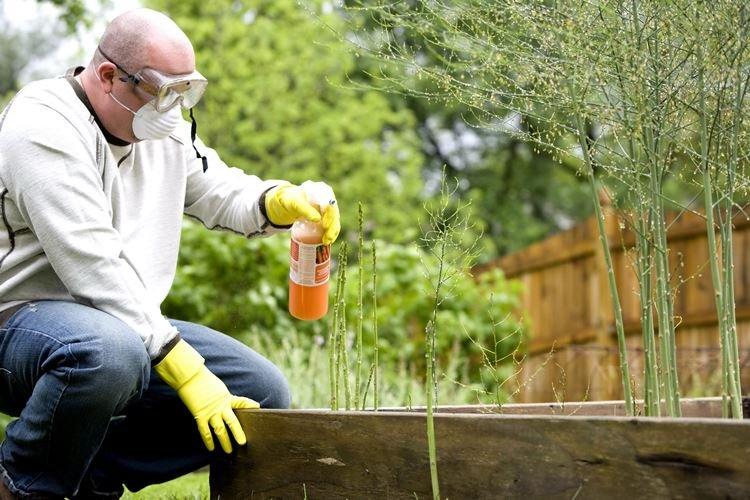
Principle of operation
Fungicides affect the fungus at the cellular level and disrupt the natural processes of pathogens. Because of this, their distribution stops, and they die. For example, drugs can destroy protein and nucleic acids, which are essential components of fungal spore cells.
Systemic fungicides
Substances penetrate into the very structure of tissues and are distributed throughout the body from the roots to the tips of the leaves. They effectively destroy even hidden spores that are not yet visible to the naked eye. Usually, treatment with systemic fungicides is carried out as a prophylactic, on a schedule.
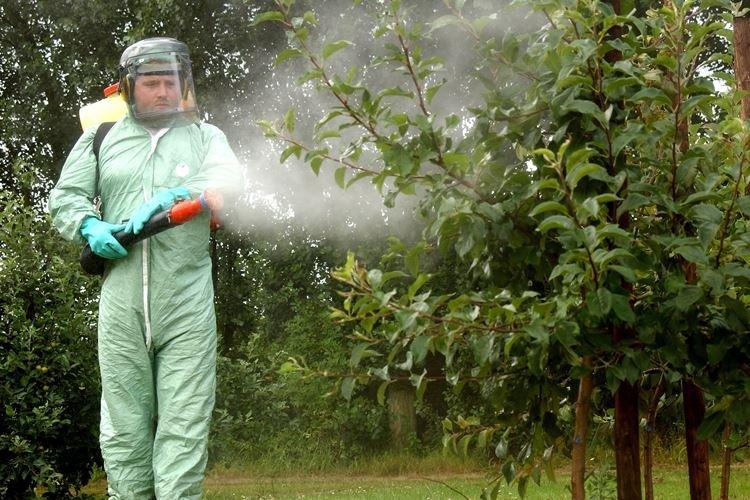
Contact fungicides
Emergency substances are needed in the treatment of diseases that have already manifested themselves. They are applied directly to the affected areas, and there they immediately begin to work. The main thing is to keep the substance on the plant for at least a few hours, so in case of unexpected rain, the treatment will have to be repeated.
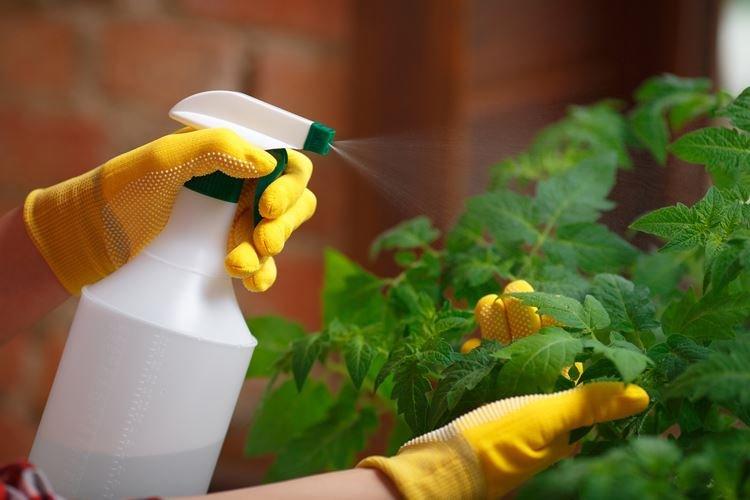
Application of fungicides
The drugs are sold in different forms, and therefore they can be used in different ways. Always read the instructions, because the same fungicides usually cannot be used for spraying or applying to the ground. Even if it is possible, different concentrations are needed.
Seed treatment
Before planting, it is imperative to treat the seed with an antifungal agent, if it is not a pre-processed store pack. This is well known to all growers who bring out new seedlings every year. All bulbs and tubers should be pickled in the same way.
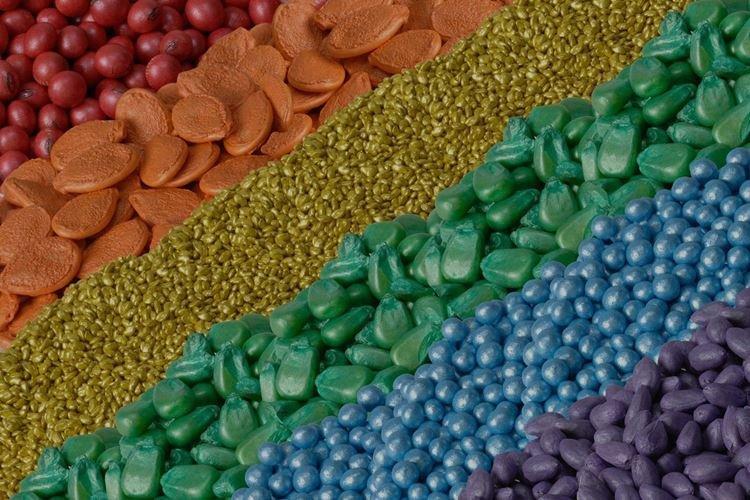
Tillage
Some fungicides can be applied to the soil as fertilizers. Most often these are powders or granules that need to be evenly distributed during digging. Alternatively, you can prepare a watering solution to kill any spores in the soil.
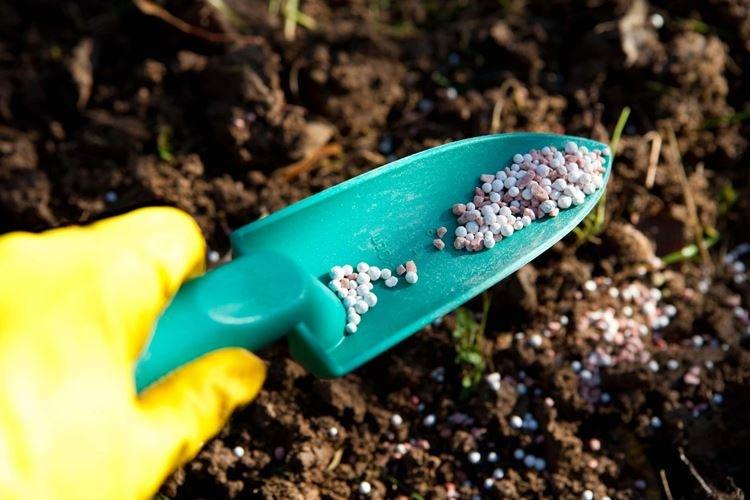
Plant processing
The simplest and most popular way to treat plants is by spraying. Irrigation and applications are used less often, but in any case, consistency and regularity are important. Biologicals can be used for home pots.
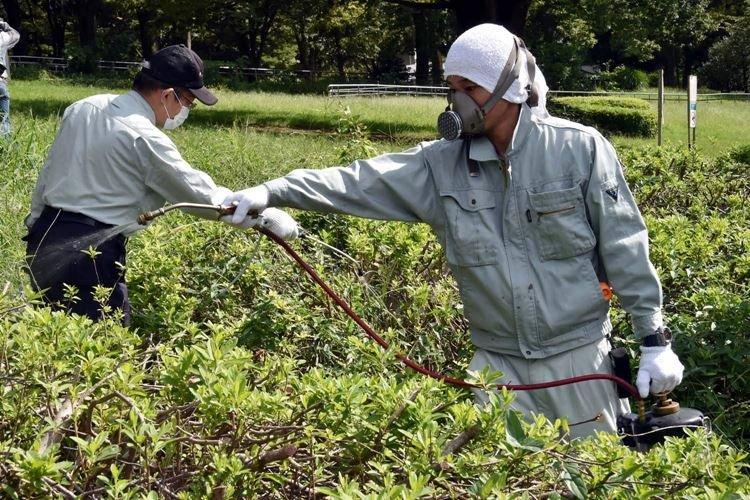
What plants can be processed?
Modern fungicides are suitable for all crops - you just need to choose the right product. There are preparations for tubers and vegetables, berries, trees or flower seedlings. Be sure to take into account the conditions of use: season, temperature, plant condition.
Street plants
Preventive treatments begin with the first warm days, even before the active growing season. This is a measure that prevents the development of fungus due to excessive humidity or low temperatures. In the fall, this is the disinfection of the site before winter, so that spores do not multiply in the ground.
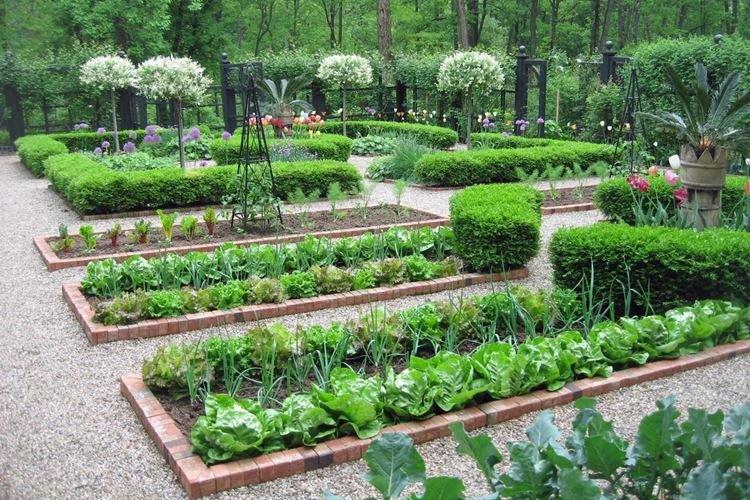
Houseplants
Preventive spraying increases the immunity of pets and their resistance to external influences. Timely processing stops the spread of the fungus, which is transferred in the heat between the flowerpots especially quickly. Always process new acquisitions and seedlings so that they do not infect other plants.
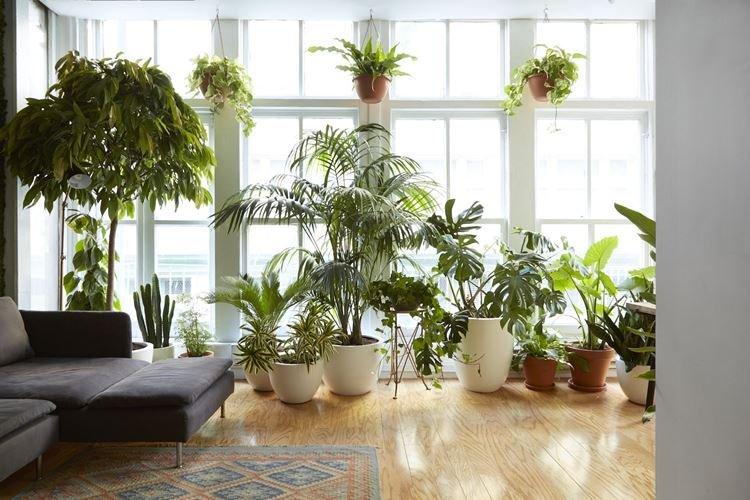
Popular fungicides - list
We have studied several dozen popular fungicides and the specifics of their use, so that it is easier for you to choose. They are all easy to prepare and versatile to use.
Bordeaux mixture
This is one of the most popular seasonal spraying mixes among gardeners and gardeners. Bordeaux mixture forms a protective layer against fungus and bacteria, enhances immunity and nourishes with calcium and copper.
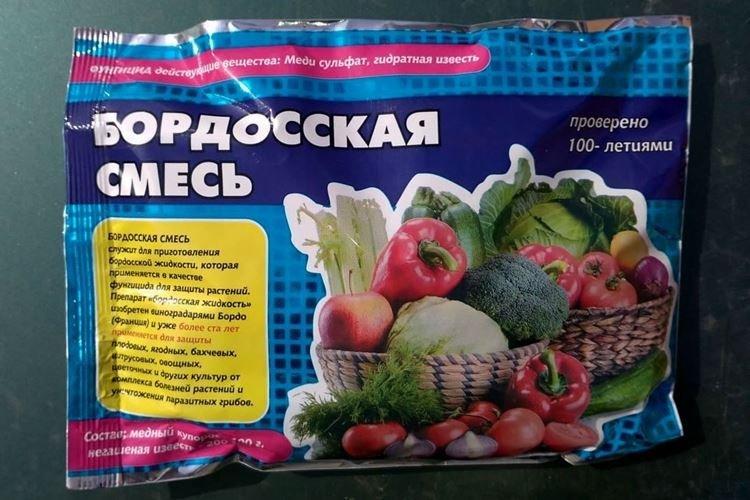
Copper sulfate
Another mass contact agent increases the immunity of fruit. Copper sulfate is one of the active components of the Bordeaux mixture. So the effect is more point-like, but concentrated.
Horus
One of the most popular chemical fungicides is great for young plants. As a prevention of rot, spraying is carried out immediately a couple of weeks before the harvest. Horus has a unique system of action on pathogens and high efficiency at low temperatures - from +3 degrees.
Agate-25
It is a completely organic and safe fungicide for apples, berries and potatoes. It is very good for protecting seeds before the start of the planting season. Agat-25 is a safe preparation for ornamental and cereal plants.
Baktofit
Gardeners use it to protect primarily against powdery mildew and its effects. It is a unique fungicide that works well in high humidity and minimum temperatures.
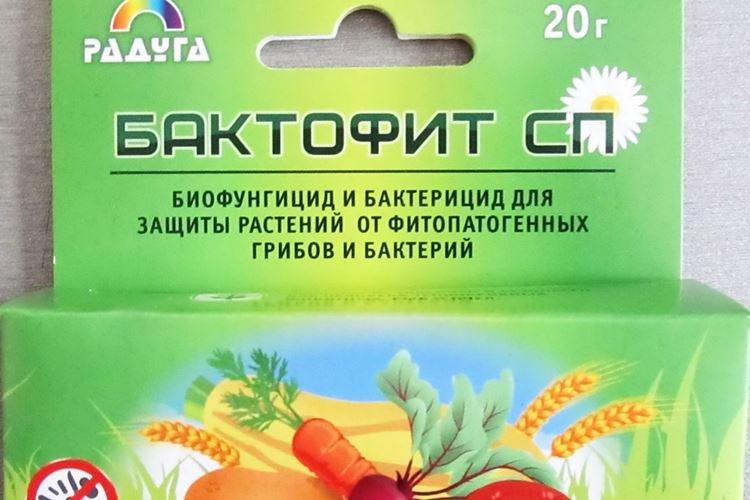
Thanos
Thanos copes best with late blight, which other drugs do not help against. The composition contains wax, which forms a protective film. It has a local effect almost instantly, even in bad weather.
Speed
The chemical composition is remarkable for its fast action combined with low toxicity. It is one of the safest and most non-toxic fungicides for all types and forms of crops.
Profit Gold
Another fungicide combines the advantages of both systemic and contact. The composition contains two active substances at once, so it is quickly absorbed and in parallel forms a protective film.
Gamair
This fungicide is notable for its good antibacterial effect, for which it is appreciated. He copes with a variety of diseases, including fusarium, late blight, and all kinds of spotted lesions.
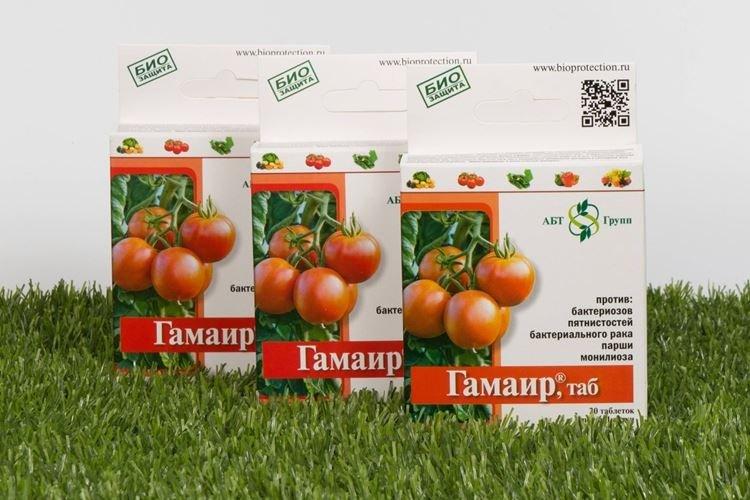
Alirin-B
The organic mixture immediately improves the condition and quality of the soil. Fungicide inhibits scab, prevents rot, prevents rust and septoria. Irrigation with Alirin-B has a good effect on the palatability of the fruit.
Forecast
The universal systemic fungicide consists of four components, therefore it effectively copes with most types of mycoses. The effect will last for a month and a half, depending on the amount of rain in the season.
Fundazol
The penetrating composition is good for prophylaxis, but even better for quick local treatment. The main disadvantage of the fungicide is its high toxicity, so be extremely careful about the dosage.
Topaz
Topaz is much less toxic, so it can be used safely for home seedlings. But Topaz can only be applied to the soil once every couple of years, because it accumulates in the soil.
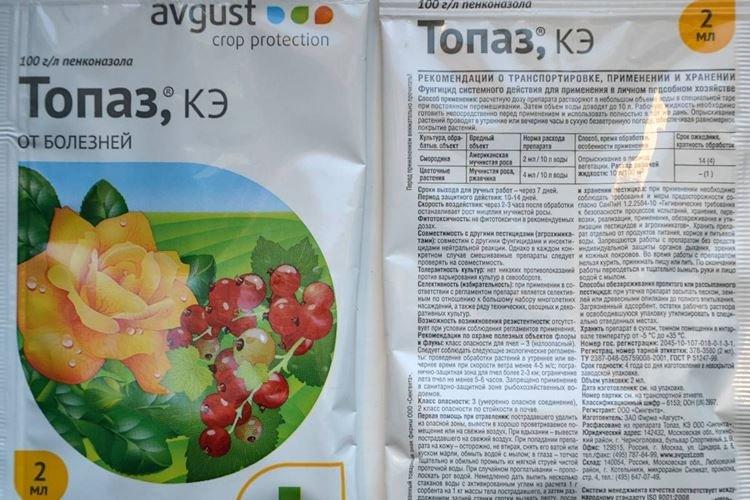
Kurzat
One of the newest broad spectrum fungicides, it has a long lasting protective effect. The composition contains several active components at once, due to which the drug fights most common lesions.
Ordan
Fungicide Ordan contains several active ingredients and copper oxychloride. It inhibits the development and spread of parasites after two treatments.
Albite
A universal fungicide protects against disease and strengthens the immune system.Cultures adapt better to new conditions and are less sensitive to stress. Albit can be used to neutralize the effect of pesticide overdose.
Pure bloom
The new product is very effective in adverse weather conditions. Fungicide fights well against fungi, spots, rot and rust. The bottom line is that the active substances instantly penetrate into the structure of the plant, so the rain does not wash it away.
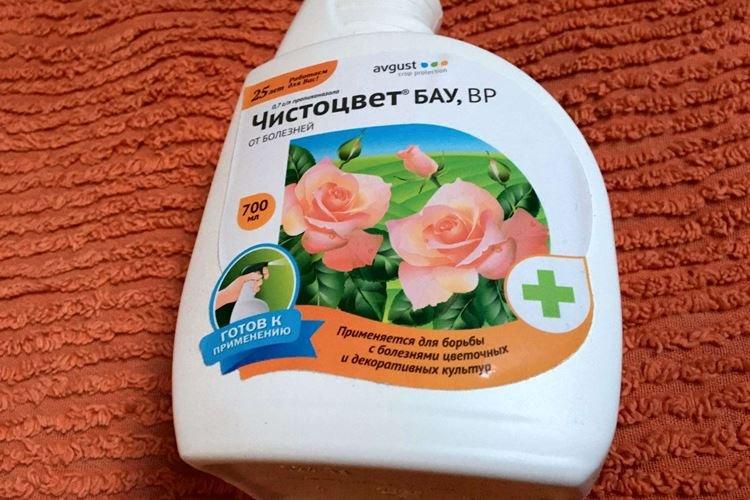
Mikosan
Lovers of flowers and ornamental crops use Mikosan fungicide for gentle treatment. It has a completely different principle of action, because it does not kill bacteria and fungus directly, but helps the plant to cope with it on its own.
Maxim
Contact fungicide is good for pre-sowing treatment of seed and soil. Less commonly, it is used in spraying to avoid the appearance and spread of fusarium. Maxim is one of the best tools for the safe destruction of mold.
Planriz
Another universal bacterial agent protects the plant root system. The fungicide Planriz has a special mechanism of work: beneficial microorganisms settle in the rhizome and produce protective enzymes.
Vitaros
Fungicide Vitaros is used in the preparation of material for sowing, including tubers and bulbs. It is a two-component drug that inhibits fungal cells and bacteria. Only a liter of liquid is enough per kilogram of seeds.
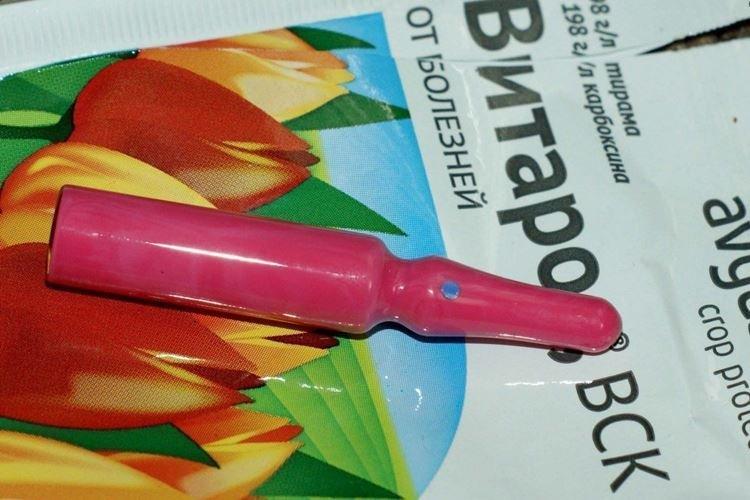
Bravo
A contact fungicide works against most fungal diseases. It effectively inhibits pathogenic organisms and, in the long term, leaves behind a prolonged action.
Quadris
A chemical fungicide is best suited for vegetable beds and vineyards. It is quite toxic, like many other garden preparations, but it has a long working life.
Fitosporin-M
The tool has proven itself especially well for flowers: these are indoor, garden and greenhouse species. Fitosporin is completely harmless to the environment. Gardeners love him for the fact that they can process the beds on the day of harvest.
Strobe
Fungicide Strobi is remarkable not only for its good antifungal, but also antibacterial properties. It is suitable for all types of crops and vineyards. The development and spread of the fungus stops instantly.
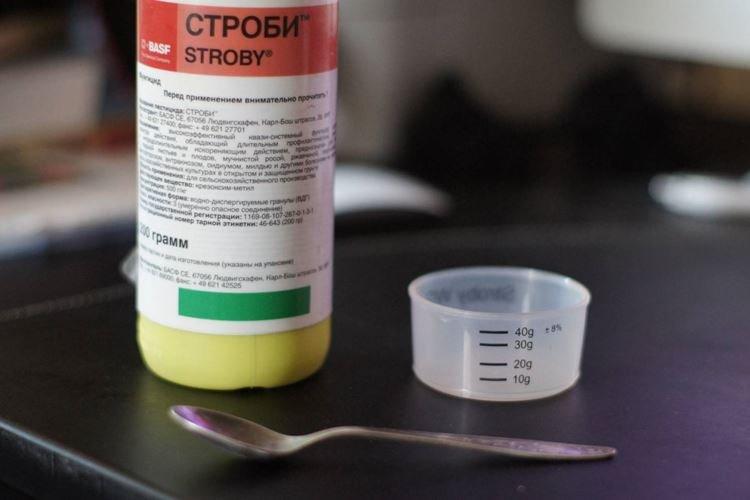
How to prepare a fungicide?
Almost all fungicides are prepared according to the same principle and differ only in dosages. It is better to mix the product immediately in a sprayer so as not to stain household containers with chemicals. Fill the tank a third, add the right amount of fungicide, mix thoroughly, add the rest of the water and mix again.
Solutions are prepared immediately before use, because they retain their effectiveness for only a couple of hours. Be sure to use protective equipment: overalls, gloves, mask, respirator. Use fungicides on a sunny warm day to avoid strong wind or rain.
